Gone are the days when programming was all about C, C++, and Java. With each passing day, the developer’s community is experimenting with newer languages.
A number of new languages have been created and are evolving day by day. Actually, the major focus is to advance the features such as debugging, efficiency and memory management.
Programming languages are used to write complex codes to carry out efficient working of the software. Of course, different programmers prefer different languages based on their needs and purpose.
Apparently, the 21st century has introduced us to a set of amazing programming languages that make coding more fun. In this article, you will read about the top 8 newly emerging programming languages.
1. PYTHON
Python has lately been titled as the king of programming. Due to its authentic work environment, it is really expressive.
Also, it allows you to easily fetch your algorithm into simple code. It has an automatic memory management process. Another add-on is that it works equally well in both object-oriented and imperative environment.
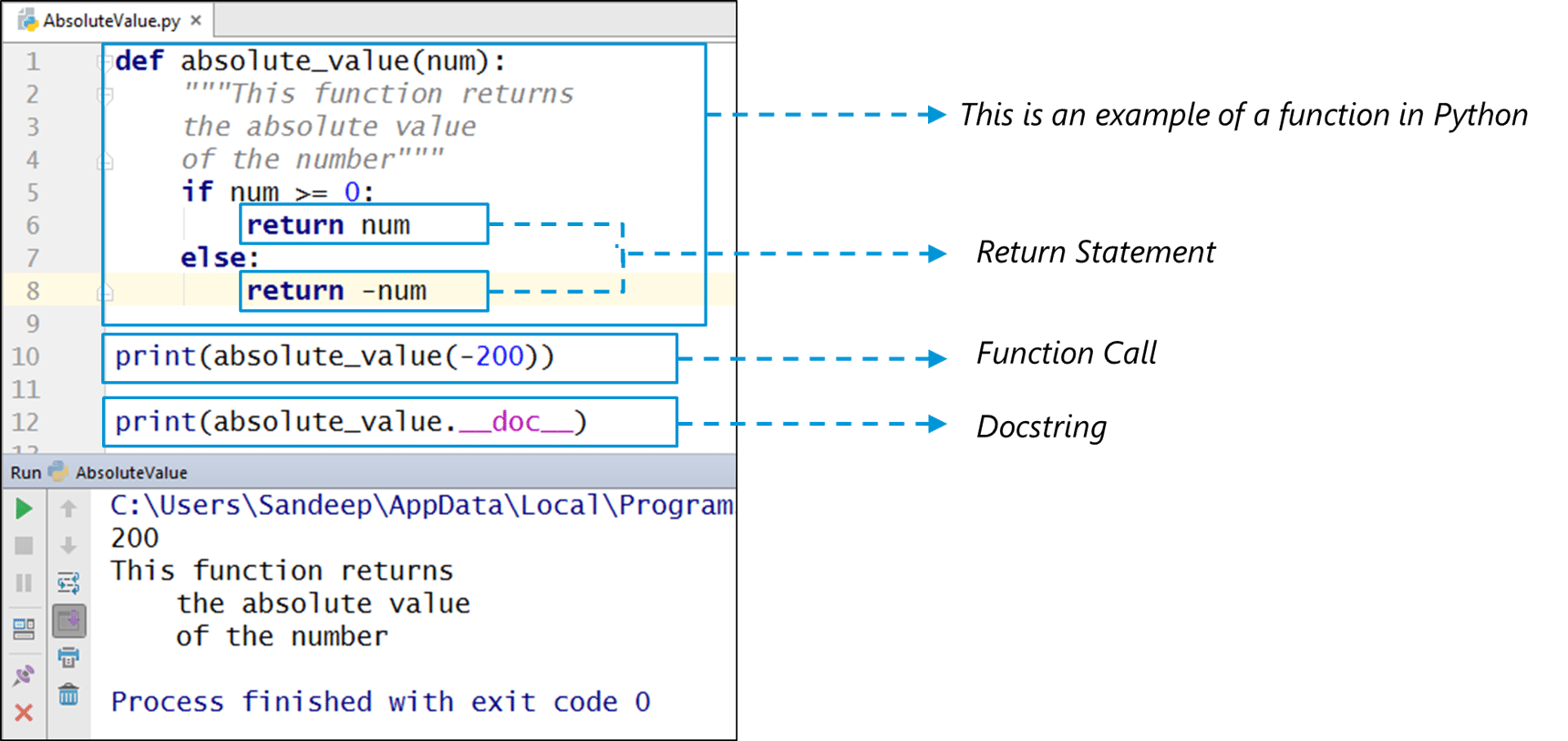
Features:
- It’s free and open source languages. This makes it more preferable among the open source coders and platforms such as GitHub etc.
- It has a cross-platform inter-dependency.
- It is easily portable and time efficient compared to other basic programming languages such as C, C++, Java, etc.
- Python has almost an endless list of libraries that help a programmer get things done easier.
- Libraries such as Tensorflow, Teserrect, Numpy, Pandas are also being implemented in data science. This has made Python the backbone of the newly emerging ML world.
Advantages and Disadvantages:

As in the picture, one can see, it has almost double pros to its cons. Thus, this language can fairly be said as the language of tomorrow.
2. RUST
The second on the list is Rust. As per the Stack Overflow Developers Survey, Rust has been the “Most loved language” for the year 2016,2017,2018 and 2019 among the programmers.
The major reason behind this is its support for multi-paradigm programming. Secondly, it has a keen focus on safety and concurrency.
The basic syntax of this language is quite similar to that of C++. Of course, it has added features to it including better memory safety and higher maintenance in performance.
One can easily in the next picture see how Rust has emerged out as a strongly chosen language by evolving out from basic programming languages.
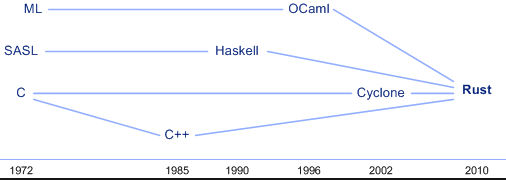
Features:
- Its ownership system and support for polymorphism.
- It has got an automated garbage collection system like .net and Java frameworks. This very healthy for the memory management of the system.
- It is easy to learn and work on. Rust has basic working syntax as C, C++ language including the curly braces. It also supports most of the keywords such as if, else, for, while, etc.
- Its design emphasizes on “Safety” which makes it used higher for security purpose software also.
- It is also called as Memory Safe language as it doesn’t allow null pointers and data races in the code.

3. KOTLIN
Introduced by JetBrains, Kotlin is an open source and free programming language. It is also a strongly typed language. Kotlin follows the Object-oriented approach. It is very similar to Java and runs on Java Virtual Machine.
Kotlin is more preferable because it makes Java codes concise. It consists of type interfaces which helps it in doing so. Also, Google officially accepts Kotlin as a programming language for mobile development on Android.

Features:
- Its similar design to Java makes it easier for programmers to work on it and learn it.
- It has a null safety feature and imposes no run time overhead.
- It helps you to concise long and complex Java codes.
- Kotlin has Data classes and default parameter support. It also has fully java inter-operability.
- Kotlin is secure and robust, as it emerges from Java.
4. RUBY
Ruby is on number fourth in the list. It is a general-purpose programming language.
It is a high level interpreted language. Also, Ruby has support for multiple programming environments. Apparently, it works well with procedural, object-oriented and functional programming. Another highlighting point is that is typed dynamically. It also has a dynamic garbage collection system for efficient memory management.

Features:
- It is a completely object-oriented programming language supporting inheritance, operator overloading, exception handling, and OOP concepts.
- Similar to Python in terms of syntax of the language.
- Rational numbers, arbitrary mathematics, and complex numbers have in-built support in Ruby.
- It favors Unicode and multi-codes and also has efficient memory management.
5. CRYSTAL
Crystal is another emerging general-purpose programming language. It is also a compiled language that has taken its syntax inspiration from Ruby.
Actually, it has an aim of mixing together the elegance of language Ruby with the speed and efficiency of compiled languages. It is open-source and free. It uses advance global type inference that makes it faster at the back end. Also, it makes it more efficient with the code.

Apparently, this is how simple and elegant it is to program in Crystal language. This is why it is the most promising language of 2018.
FEATURES: Major features of this programming language include-
- It is concurrent. It uses green threads concepts, called fibers. They communicate with each other without sharing memory.
- It also has null reference check, type system and macros for meta-programming.
- People call it-“Fast like C, sleek like Ruby.”
6. SWIFT
Swift is one of the fastest and most interactive languages for writing down codes. It is a beginner- friendly, open-source and free.
Also, its compiler optimizes for quick and efficient coding. It combines speed with safety, which is a preferable combination. Therefore, from simpler programs to complex software coding, all of it can be fairly done with Swift.
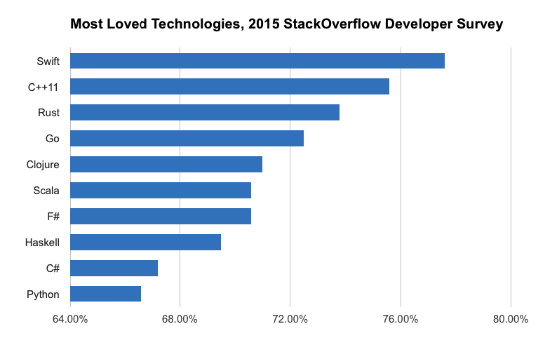
FEATURES:
- Faster code recovery due to efficient error handling mechanism.
- Advanced security assurance.
- Automatically manages the memory for its efficiency.
- Faster as a language due to the presence of management for null pointers and out-of-bounds errors.
- It has powerful and easy implementing standard libraries. Even after it, it is a light-weighted language.
A simple program coded in Swift looks like one in the next picture.
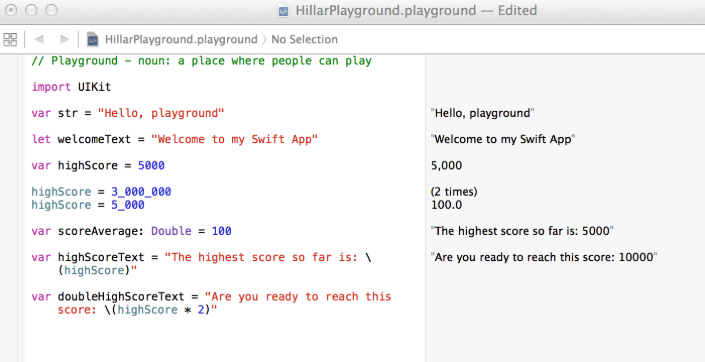
7. JULIA
Julia is a dynamic and easy to use language. It is slowly developing into one of the strongest languages of this era. Julia has all the good points in it of a programming language. It is open-source, fast and optionally type programming language.
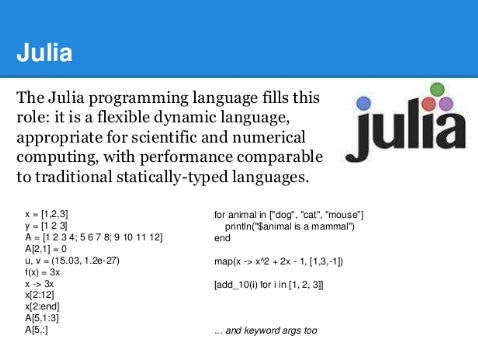
FEATURES: Major features of this language are-
- It supports multi-paradigm environment such as OOP and functional programming.
- Very useful and efficient in data visualization. This makes it “a language of tomorrow.”
- Julia consists of data ecosystem which allows the users to upload complex data sets very quickly.
- It gives powerful tools for deep learning and concepts of artificial intelligence, such as Flux.jl and Knet.jl
8. ELM
The last on the list is the browser designing language Elm. It compiles into JavaScript and is a purely functional language. Elm implements persistent data structures such as an array, set, etc. Apparently, it comes in modern day-to-day graphical user interfaces. Elm is further support to HTML, CSS, and JavaScript. This is how coding in Elm looks like-
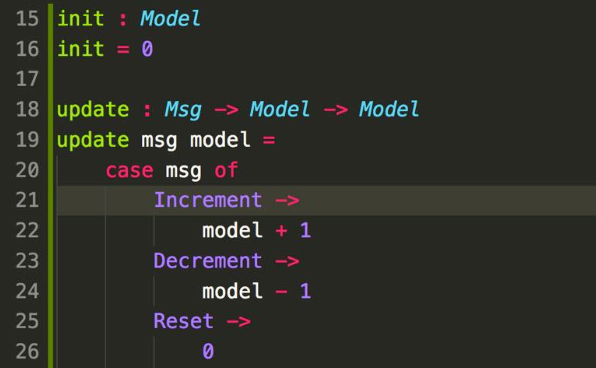
FEATURES: Major features of this language are-
- It is more expressive as a browser language than the ones existing already.
- No run time errors as it is a functional language.
- It has a well-created code which avoids semantic and syntax errors.
- Also, it is versionary, that is, it can convert the codes of different versions of this language on the same common platform.
- The compiler suggests a solution to the problem along with the error message.
These are by far the top languages that are performing amazingly well in the programming world. Each of the has got a lot of scopes yet, to explore and evolve. Thus, they will soon become the languages of the future and the spinal code of the developer’s community.

